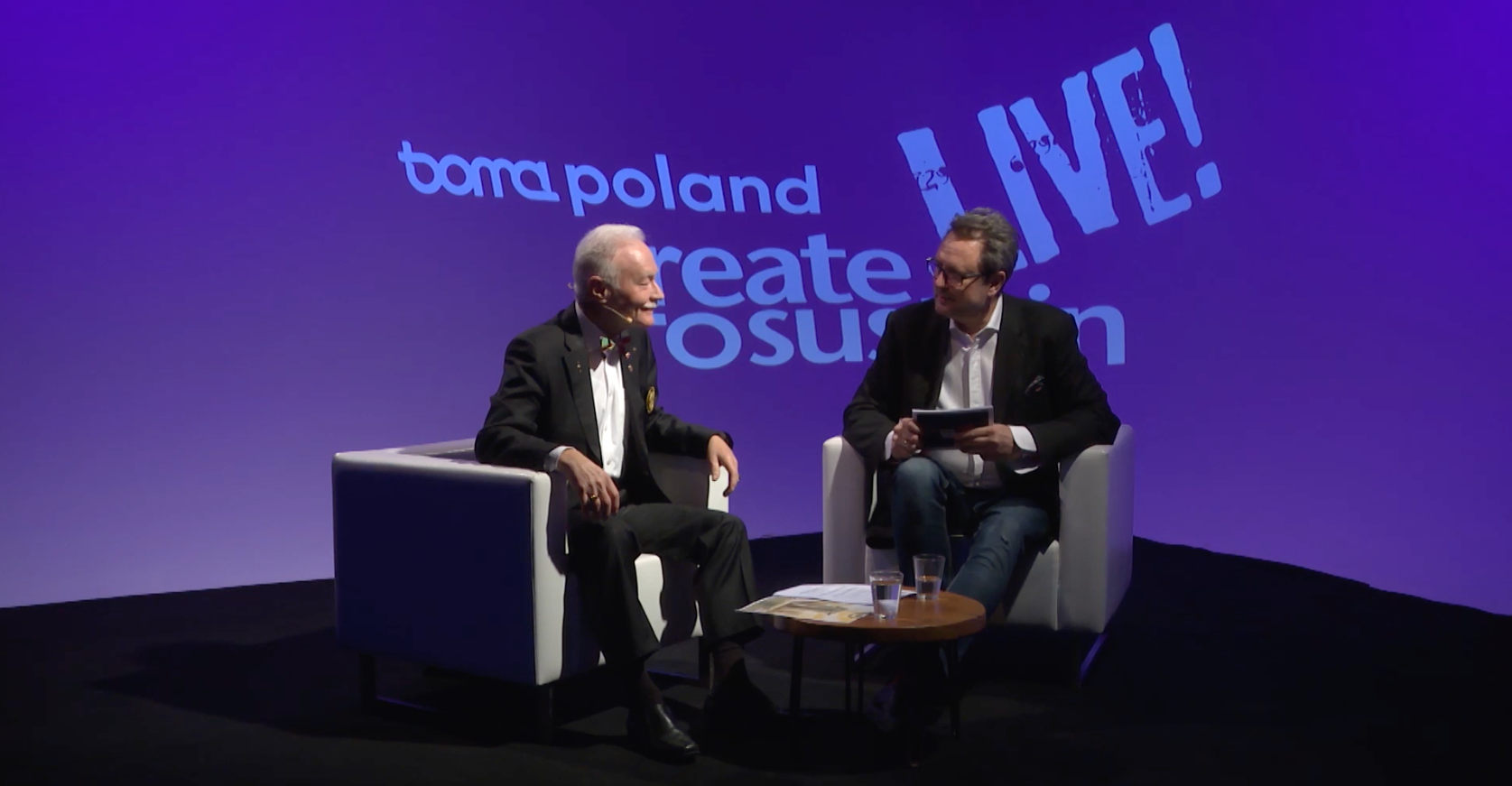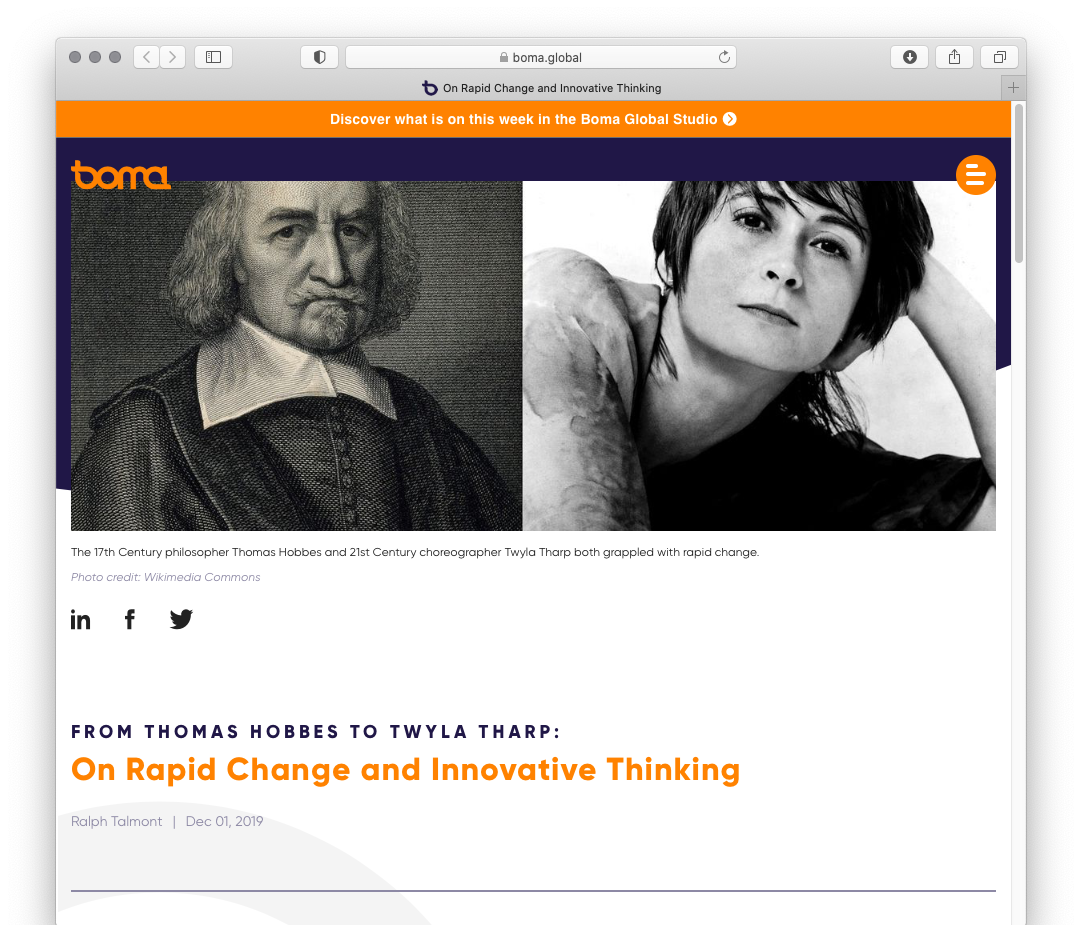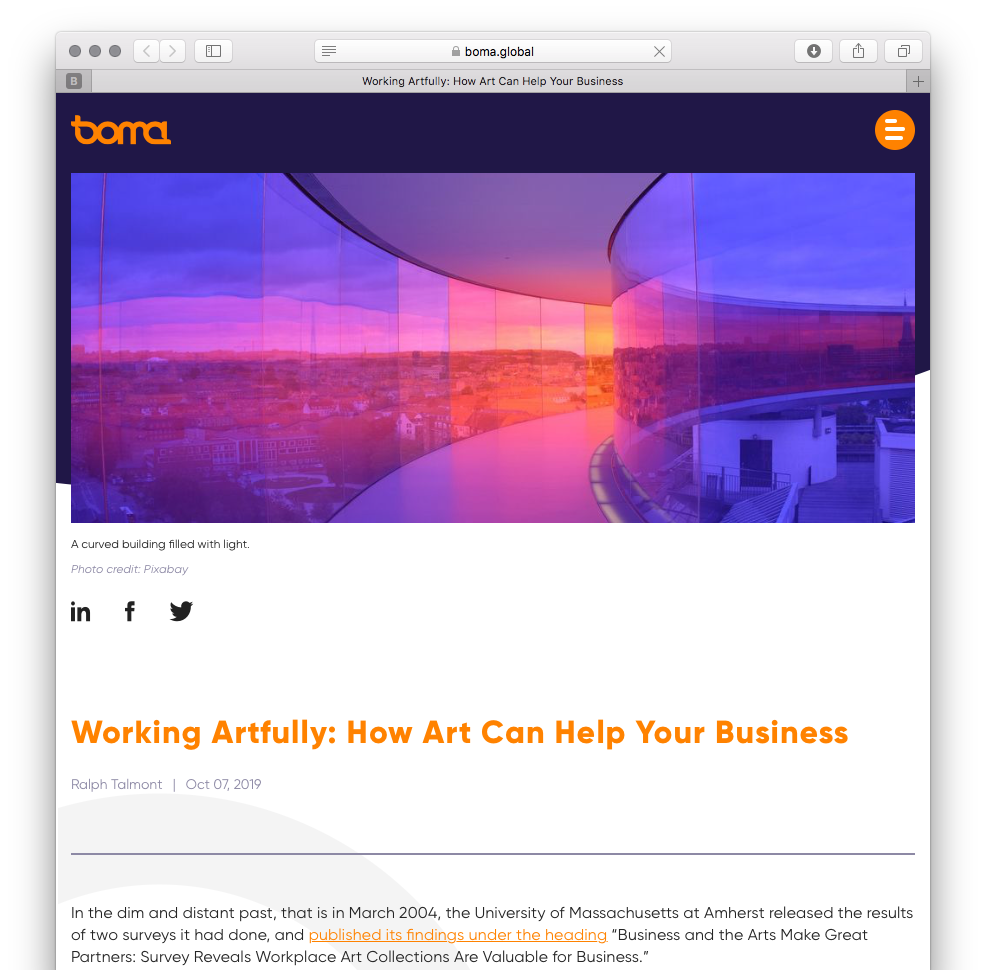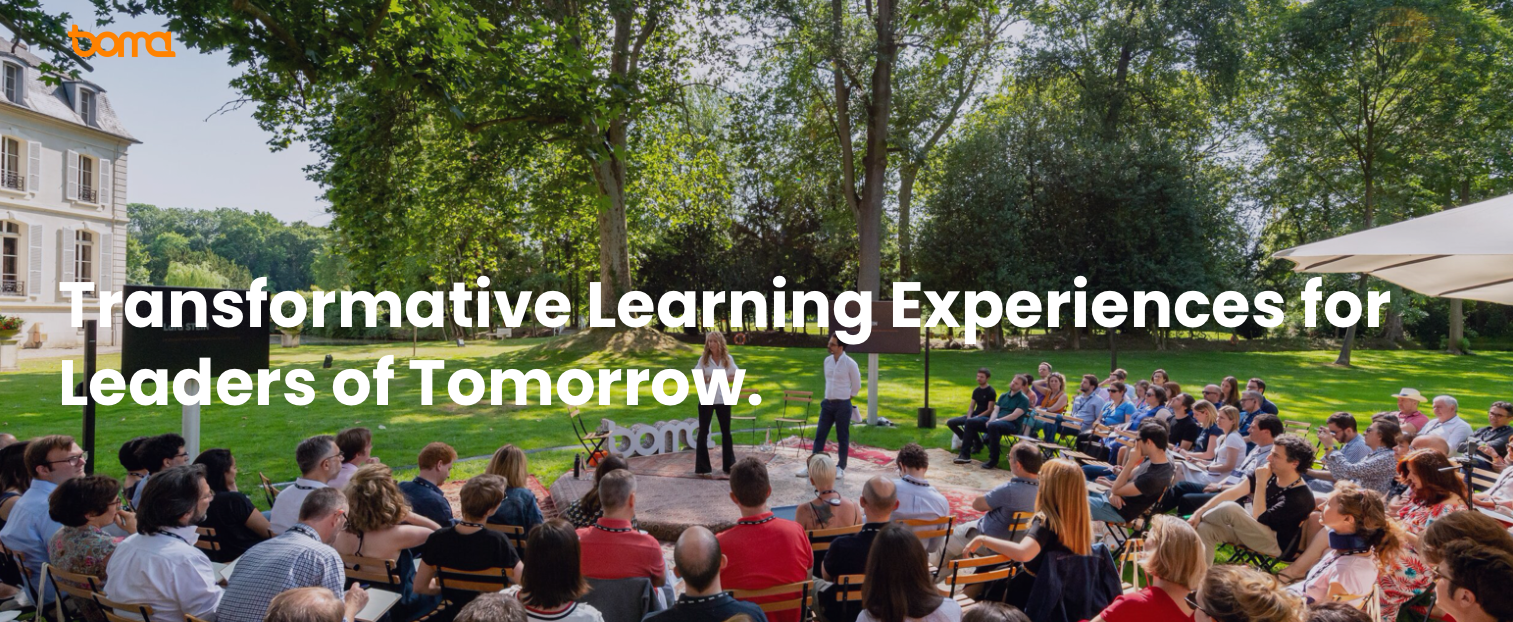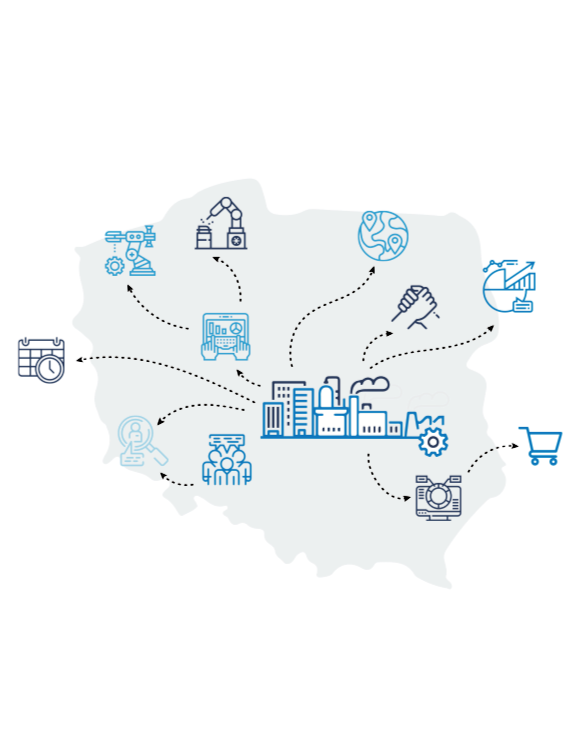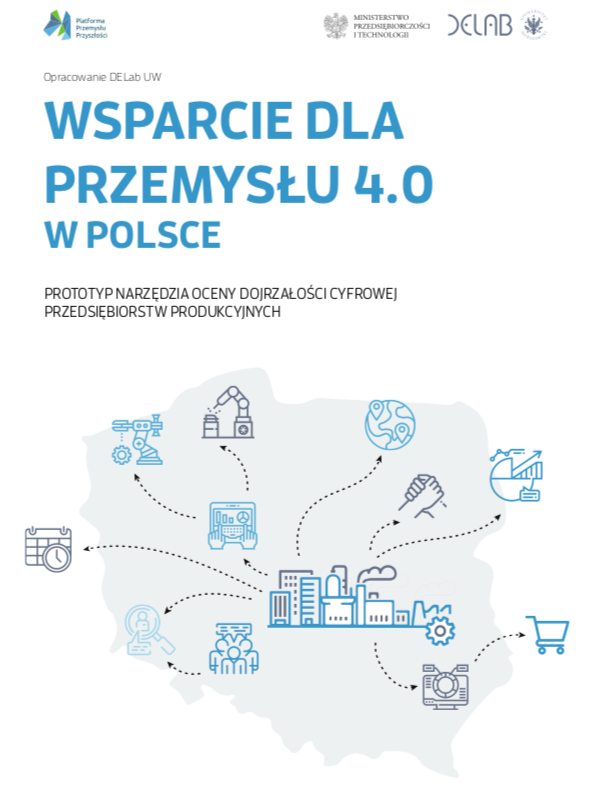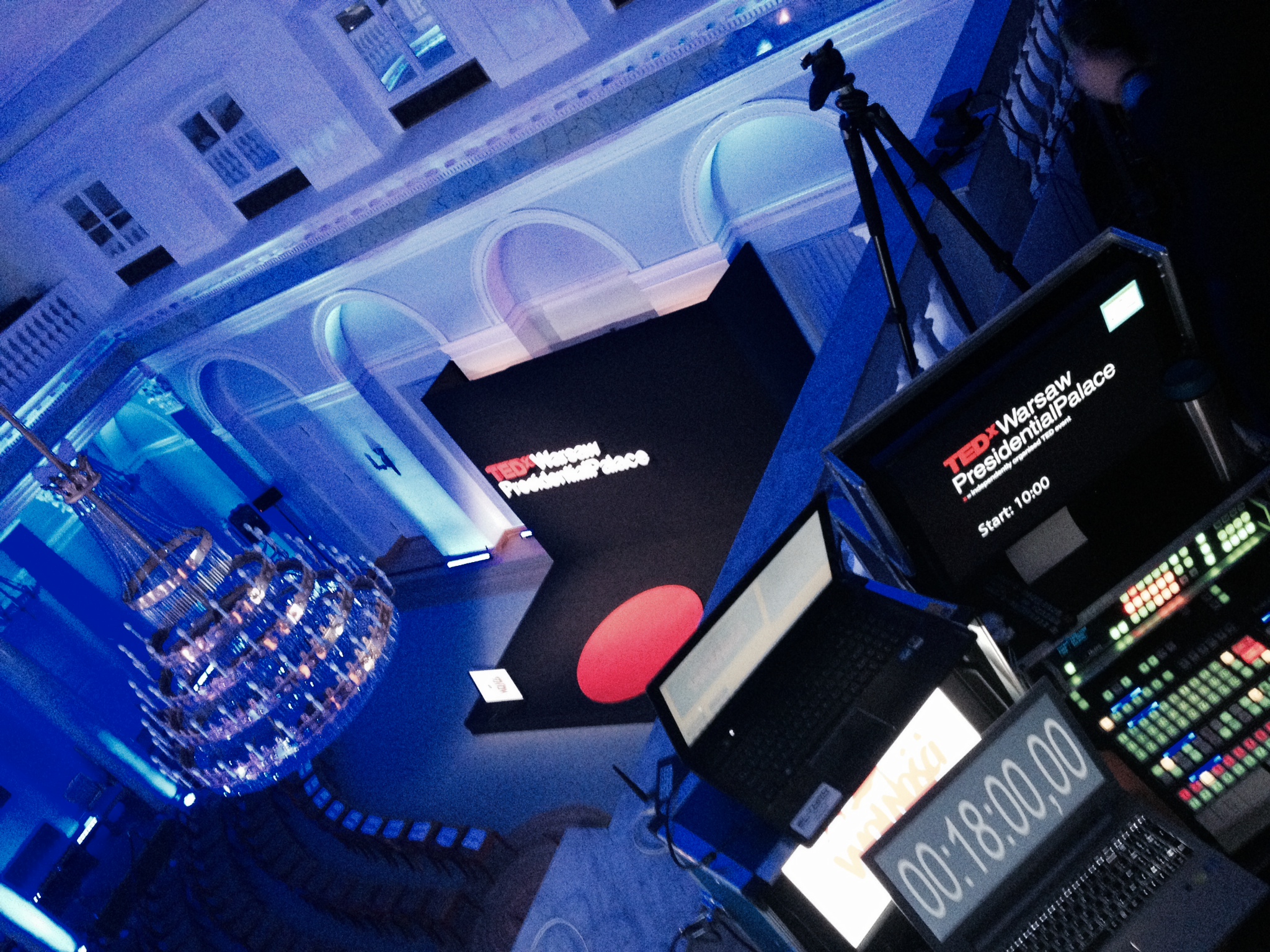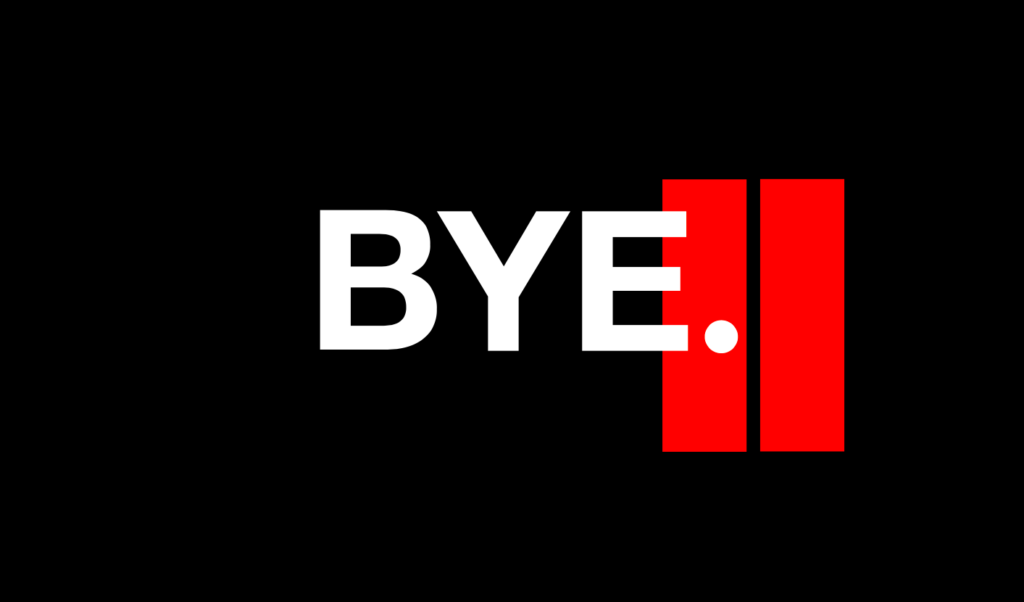03 Apr Distributed trust and raw energy: the making of the Boma Virtual Global Summit
On Monday, March 23, 2020, Boma Global’s network of partners around the World staged a rolling 24-hour Global Virtual Summit to energise multidisciplinary conversation about COVID19 and its broad context. By the end, hundreds of thousands of viewers from 152 countries would see the transmission. This is how it came together.
—
Half way through the combined Japan / Germany session of the Boma Global Virtual Summit, Marconi Pereira saw what he had been dreading for more than a week– a blank window on the Boma Global website where the live stream should have been. This was only the second session of the Summit, the programme was streaming just fine on Facebook, but the Boma Global website was buckling under the load.
An experienced engineer and SysAdmin, Pereira struggled with the server for an hour, increasing the performance specs of the system and testing it repeatedly. It kept failing under the steadily growing demand. Finally, he migrated the website to a dedicated server with five times the performance specs of the original and adjusted the configuration to be more elastic and responsive. That worked. The stream flickered into life. It would continue to work flawlessly through the rest of the 24-hour transmission.
Pereira could only smile to himself. “In the run-up to the Summit, there had been indications that the transmission would be popular but we had not anticipated a 6300% increase in traffic.”
Ten days of intense effort of some seventy people in twelve countries around the World had come to fruition. Expert speakers from over twenty countries were sharing their knowledge and wisdom on not just the disease itself but also its broader context and likely consequences. Pereira, sitting in front of the computers in his Porto apartment and feeling a mixture of relief and anxiety, watched a global experiment finally proceed as planned. So far so good. Twenty hours to go.
Only twelve days earlier, the global virtual summit appeared as an idea during one of the regular Zoom calls attended by the Boma network’s country partners. Michel Levy-Provençal, Boma co-founder and the leader of the French team, pushed to get full team buy in: “We absolutely have to do this, to prove to ourselves and the World that it can be done, and it can be done well.” He did not have to push very hard. In what has been typical Boma fashion, inception of the idea was followed by several very quick declarations of “we’re in, of course” coming from teams spread across the globe.
Of course we would embark on creating a high-quality show of continuous programming, interviewing experts in a dozen time zones, and orgnising it from a cold start, in under two weeks, working from our homes. What else would we be doing, stuck inside, “social-distancing”?
What we had not known was that we would also be testing a fundamental concept behind Boma itself — whether we could build on a tribal bond we had formed around the core ideas of excellence, reliance on scientific enquiry, sharing, social cohesion and common, if loosely defined, goals. Pereira had a word for this organising principle — the Portuguese portmanteau caórdigo; organised chaos.
Boma had been set up as a distributed network, called into being by Lara Stein, who eleven years earlier had founded TEDx for TED and grown it to a global phenomenon. She then grew Singularity U’s global outreach for some years and still managed to find time to increase the impact of the Women’s March. Stein had founded Boma with three experienced TEDx organisers, who were soon joined by others from that extensive global community. From the outset, the network’s distributed nature had been seen as a great strength by all the partners but we had not had an opportunity to test it at scale. Now that chance was here, provided by a terrible global crisis which was unfolding faster than anybody could make sense of it.
Kaila Colbin, the New Zealand Country Partner and a Boma co-founder, had remarked during an all-hands meeting “We have been preparing for this for two years.” Someone else countered “actually, we have been preparing for this for eleven years”, referring to the length of time many of the Boma Country Partners had known each other.
For Stein, the Summit would be yet another proof that great collective power would come from letting go of centralised control. She had seen it in her other global projects and it was about to happen again. On the Saturday, right before the Summit, she wrote in the team’s general Slack channel:
“I woke up this morning and realized, on March 23, 11 years ago I officially launched TEDx, with TEDxUSC. Something strangely poetic about the fact this Summit is happening on March 23rd.”
On Monday night New Zealand time, organising teams from twelve countries were sitting in front their laptops and monitors — separated by distance, but united by technology and a common trust in the process. We had worked around the clock and now the show was rolling, proving that the official name for our modus operandi, a “global network of local partners” was not a hollow phrase but a name derivative of its function of being real, credible and useful.
Work stations set up at our homes had been adjusted, relying in part on experience, and in part on improvisation. With the rest of the French team stuck in their various Paris apartments, Levy-Provençal was working alone from a house which he and his wife had bought not much more than a year before as a quiet place to spend weekends, some 100 km from the capital. Now he and his family were hunkered down there in self-imposed isolation, and in their living room he had set up a makeshift studio, complete with a green screen.
In Berlin, head of Boma Germany and the fourth Boma Global co-founder Stephan Balzer closed himself off in his walk-in wardrobe, the only place where his new-born baby might not suddenly, and loudly, make its presence known. In São Paolo, Juliana Elorza had considered using her son’s bedroom, where one of the walls had the exact colour needed for an effective green screen effect but finally decided in favour of her usual work station. A true Brazilian, glamorous even with limited resources, she set up two lamps either side of her laptop, and covered them with shoe bags, to diffuse the harsh light.
In Warsaw, Boma Poland partner Filiberto Amati was looking after the team’s technology. For him, as for many people in the network, the major challenge had been not so much in preparing the Summit in ten days but rather doing it while simultaneously home-schooling three highly energetic children. For Pereira, the challenge was similar: “Lockdown started just as we were beginning this project. Luckily, we had put in a 200 Mbit fibreoptic, and beefed up the wifi as my wife works remotely and I provide the tech support, while studying for my Master’s degree. We managed to set up game licenses and consoles ahead of the lockdown so our boys, 17, 16 and ten years old, would only kill each other virtually. Counterstrike would take some of their energy.”
When India’s session began, the analytics dashboard on one of Pereira’s screens immediately demonstrated the validity of his earlier decision to go to a dedicated server. “All graphs went into a straight vertical climb. India pulverised every other country’s viewership.” Now we were humming. During the French session which followed Poland’s and preceded his own, Pereira sent a Slack message on the global channel: “Guys, this is the pilot. The plane is now flying steadily and we’re not expecting any turbulence.” With that, he turned to the Portugal / Kenya session ahead of him. He had been up since 5 a.m. and would remain at his computer till 4 a.m. the following morning.
Two and a half hours later, Juliana Elorza had meditated, taken a long shower, and eaten a light meal. She sat down, ready to moderate the Brazil session, and her concerns ran not so much to anything going wrong with the technology but rather to a worry attached to what had been going in São Paolo. Since the previous Tuesday, Brazilians in towns and cities of the country had been staging nightly protests, bashing pot and pans to express their anger at the country’s president’s mishandling of the coronavirus crisis. This panelaço was scheduled to go off again at half past eight — right in the middle of the Brazil session. Still, if that happens, she thought, we will just talk about it, share it with the audience. After all, that is our reality.
Elorza settled in, with her three-year- old pug Nico napping in her lap. (Since pugs have a tendency to snore, she laid out a supply of dog treats out of the camera’s view, and muted her microphone.) She watched as the speakers one by one entered Zoom’s Green Room, where everyone’s audio settings would be adjusted, and visuals checked before being directed to the live room. By then this procedure, common to all teams, was polished and smooth, or so she thought.
On the hour, Marco Brandao, running tech support from his house in Rio de Janeiro at the other end of the country, invited the speakers into the live conference room, and Elorza began to introduce the first guest. Within seconds, she realised she was speaking into a void. The speaker had somehow not made it into the live conference.
Not everything always runs according to plan at a live event, and in the real world speakers have been known to end up not only in the wrong room, but in the wrong conference. As it turned out, a speaker could lose his way even in a virtual environment, if anything, underscoring the newness of this way of working for all participants. With the Brazilian audience tuned in, Elorza went on to introduce another speaker instead. “I told them, he’d just gone to answer an urgent phone call. Not that far from reality, really, given how crazy busy all those people have been.”
Finding speakers is never an easy job, and as experienced event organisers most Boma Partners are painfully aware of this fact. The need to balance contents and form is always present, with no allowance to skimp on either if you want consistently high quality. Since public speaking is frequently mistaken for merely speaking in public, outwardly impressive but ultimately vacuous speakers with not much to say are easy to find, while highly knowledgeable people who can present that knowledge to a roomful of strangers are rare gold to any event organiser. This is even more true in an online event, for the simple reason that we all are just learning the ropes in this new virtual, yet very real reality.
It had been a scramble to fill the programme with what would end a roster of some sixty multidisciplinary professionals, high-profile scientists and technologists, policy and public health experts, artists, bloggers and many others. Country teams chose a range of formats and approaches in the process, and every session eventually took on a life of its own even as the development of the content progressed. New Zealand’s segment would be a freewheeling moderated public discussion with two scientists approachable and personable enough to fill the two hours with engaging, informative conversation. Poland’s choice, from the beginning, had been to not have medical professionals on the show but rather to concentrate on addressing the urgent question of “what comes after” and speaking with a total of eight people, among them a policy professional from Warsaw, an English distance learning expert, American travels bloggers based in Berlin and an Italian investor.
Todd Porter in Japan and Stephan Balzer in Germany, working in tandem, filled their two hours with a diverse international line-up to highlight collaborative action around the planet. France would present a range of public administration professionals and scientists.
Canada’s Jess Weisz and Dan Jacob planned to pick up many threads of discussion with a large range of speakers, and weave it into a cohesive whole from a highly personal perspective. In China the team led by Ellen Cheng and Yvonne Li took on the difficult task of drawing out individual experiences from a wide range of different people, while in the US, Daniel Kraft placed the emphasis on high-profile individuals able to present scientific and technological perspectives. In India, Puja Puja and Deep Bali would create a conversation around mental health and well-being during and after the crisis.
Portugal’s segment would serve as a particularly instructive example of our way of working. It started out as a conversation around hacking the crisis with technologists and bio hackers, but eight days out several team members around the World remarked on a gaping hole in the programme — we needed more Africa voices. Pereira agreed and after several fruitless approaches, called Stephanie Busari, a CNN anchor from Nigeria, while Lara Stein contacted several people around the continent, including Nivi Sharma, an internet infrastructure entrepreneur in Kenya. “You have 12 hours to find speakers” they told them on Friday. Remarkably, Busari and Sharma delivered, and a four-speaker Portugal session became a shared Portugal / Kenya session with eight speakers, including drummer and singer Mouthoni, though their final run of the show would only be ready by Sunday, leaving little time for preparation.
Whether going through “official channels”, fishing out existing contacts from their address books, or pulling favours from friends and acquaintances, everyone filled their desired speaking slots with people of impressive substance, and were rewarded with speakers freely sharing their knowledge. The speakers, too, took away useful insights of the value of working with professionals from other fields. One epidemiologist, initially not convinced about why he should take part at all, eventually enthusiastically commented on how valuable and refreshing it had been to talk to an economist on the show.
This, of course, reflected one of the deeper reasons why Boma exists at all, and that is to help people and organisations to smash intellectual and professional silos. Multidisciplinary collaboration is important at any time, but really shines in a moment of crisis.
Boma’s Head of Global Partnerships Becca Pace, put it most succinctly: “This was a global conversation which needed to happen. Closing of borders and nationalistic tendencies will not help — viruses do not respect borders, and this problem will not be contained till it’s eradicated. We need deep, ongoing collaboration.”
As the 23rd neared, the multitude of Slack channels built up to a steady 24-hour hum of conversation, filled with information, editorial ideas, notices of rehearsals and, particularly appreciated, news of successful partnerships or particularly impressive speakers snared, in the Winning channel. To Deep Bali, this all seemed like “a distributed New York Philharmonic, with people taking turns as conductors and as performers.” Bali was the latest addition to the Boma global network, and found his head was spinning at the sheer energy and commitment of the team members. “I would see a Slack message come up in the middle of my afternoon and realise that people were texting at 2 a.m. their time. The passion, or rather obsession, with the desire to get this done made the air crackle with energy. And that passion was infectious, if you pardon the expression. We were getting commitments from some truly extraordinary speakers, who could sense that this was something they needed to be part of, even if they could not fathom how we were putting it all together, aligned and synchronised across the time zones.”
Key to this synchronisation, of course, lay in investing as much time as possible in preparation. Every successful event is built on a foundation of weeks and months of pre-work, including coaching speakers in order to draw out their best, and hone the clarity of their delivery, but how much preparation could we put in when people who had been working their entire careers towards exactly the kind of moment were expending all of their time and energy on helping patients to not die?
So, since we could not fully control the preparation of the speakers we had to be fully prepared ourselves. That meant repeated technical run-throughs and rehearsals with support from the Zoom and Facebook technical teams — and that level of close collaboration was new territory even to them. We ran multiple rehearsals for different geographic areas, with regional Zoom reps answering a multitude of detailed questions. Trouble was, of course, each answer would usually generate two or more new questions. By the Saturday, at the end of one last session of practicing hand-overs between the Polish, French and Portuguese teams, we thought we had practiced enough to be able to not make a total dog’s breakfast of the Summit. We were ready.
In the end, albeit with minor technical glitches, it worked. Mutual trust made it possible for this distributed network of motivated individuals to deliver a complex project, on zero budget, within a time frame that stretched the definition of “agile.” This was a good example of the sharp distinction which organisational theorist Karl Weick had drawn some decades ago, between heedful action and habitual performance. Heedful, because the team’s attentiveness to the goal, the details, and each-other, provided the fulcrum of thought and energy around which the entire project revolved.
We will need all of that heedful attentiveness going forward. Traditionally, or as are now coming to call it, in the BV era (not hard to guess that this stands for Before Virus), most money in corporate events had been in private label productions, and many of the various Boma teams around the World had made some or most of their revenue from those. This has now been thoroughly disrupted.
Speaking a week after the Summit, and immediately following a successful live streamed discussion which he had just concluded, Michel Levy-Provençal reflected on the frugality with which we were now living. BV, staging such a live stream would have cost thousands of Euros, and taken days of preparation. Instead, the discussion which ran on the French Huffington Post site to an audience of over 14,000 viewers, had taken four hours of his time and cost nothing.
Of course, it also made nothing. If we are to remain a sustainable, relevant voice, we need to find new methods of generating income for our team members or our ability to fulfil our proclaimed mission of facilitating intelligent debate and helping to find solutions to really big problems will be short-lived. Still, “we did impact the World” as Marconi Pereira said to me when I spoke to him in the course of working on this article.
Yes we did. And we will do it again, soon.




